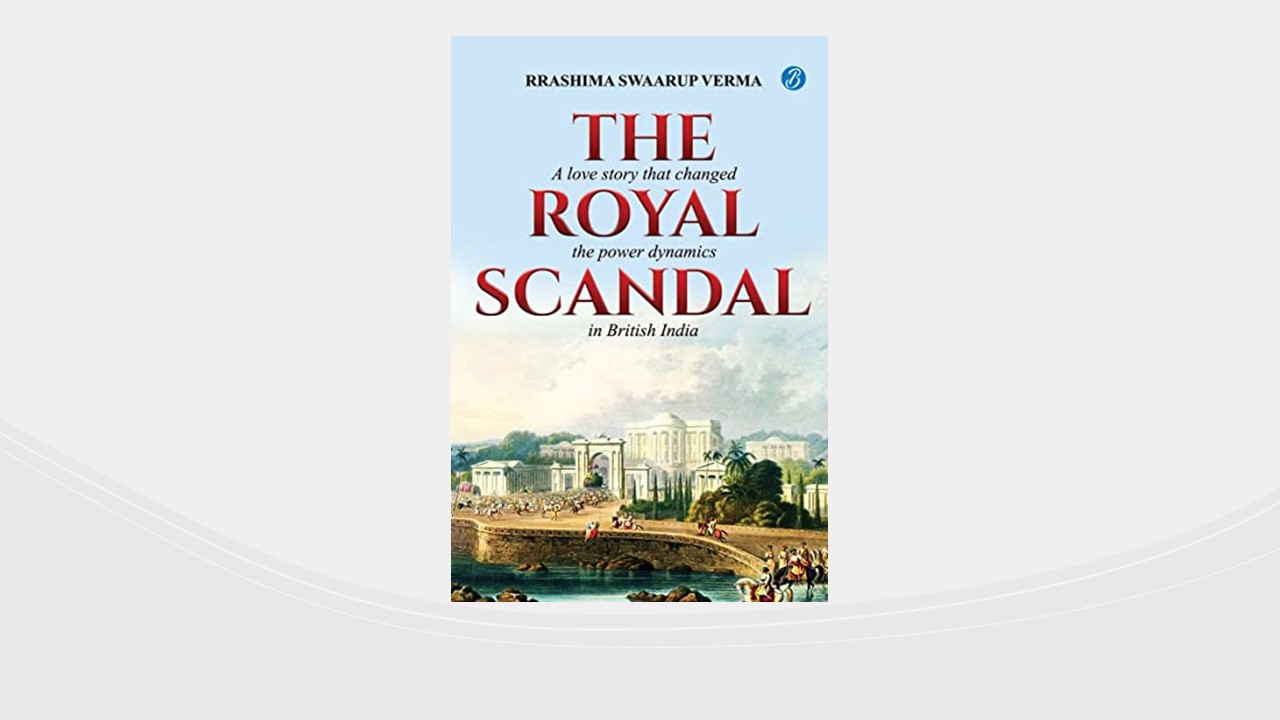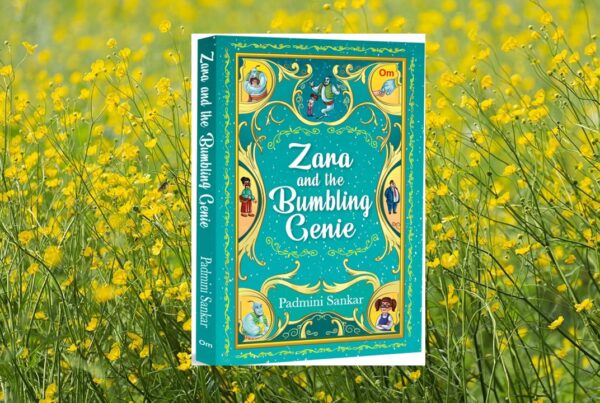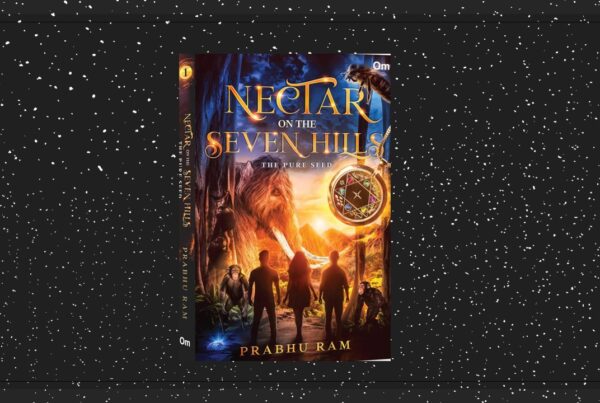Rrashima Swaarup Verma’s The Royal scandal is a love story set in eighteenth century India. The story unfolds in Hyderabad as love blossoms between British Lieutenant Colonel James Achilles Kirkpatrick and the stunningly beautiful royal Princess Khair-un-Nissa.
The course of true love never did run smooth; the lovers face staunch opposition due to religious and political differences yet remain steadfast in their devotion to one another. The shift in dynamics and the prevailing political climate impacts their relationship. James and Khair are used as pawns in a game of politics between the East India Company and the politicians of the Nizam’s court. Khair remains stubborn; James is the only man she wants, and she will go to any extent to be with him, even if it means defying her grandfather, the Nizam of Hyderabad.
This book is well-researched, and the flavour of the period has been captured effectively, be it through the food, the architecture, or the festivities. I enjoyed reading the little footnotes that provide additional detail.
One can visualize the opulence of the period through the author’s words that describe the majestic palaces, grand chandeliers, and verdant gardens. Whether it is the spiced black tea, the succulent kebabs, or the Baghaar-e-Baingan, the cuisine has been mouth-wateringly described. The attire, be it the silk Kurtas, the brocade Jamas, the embellished churidars, or the enamel bangles worn by the royals, is captured in great detail, making this read a visual delight.
There were many interesting facts I gathered, like how children of mixed-race marriages were sent to England to study so that they could assimilate English traditions and culture. Or how the women behind the veils and screens yielded power and influence. Or the little snippet describing the Bhagmati-Quli Qutub love story.
James is a man of honour; he essays the role of a man torn between duty and love. However, it is Khair who is the most interesting character in the book. She has a certain grace and elegance to her that comes alive through the pages. It is wonderful to see her evolution from a strong-willed girl to a wife, and a mother.
Their love story is poignant and heart-wrenching and had my eyes misting towards the end. The text is peppered with quotes that render a poetic, dream-like quality to it.
“If the house of the world is dark, love will find a way to create windows.”
(No love story is complete without Rumi)
“The kind of love that fills the being, the heart, the soul, so entirely, so completely, it leaves room for nothing else.”
The theme of motherhood stands out whether it is Khair’s mother Sharaf-un-Nissa who backs her choices unabashedly or Khair’s love for her children. The inner feminist in me rejoiced. I loved how the women are portrayed; they own their choices, stand up for one another, and are even stronger than the men.
It would have been great if photos were included in this book. It would have made it even more riveting. After reading, I searched for Chinnery’s painting of Noor and Ali, and it is breathtakingly beautiful.
This book has the right ingredients to be made into a period movie. History buffs, this one is a must-read. Truly a one-of-a-kind reading experience, that stays with you even after you read!




